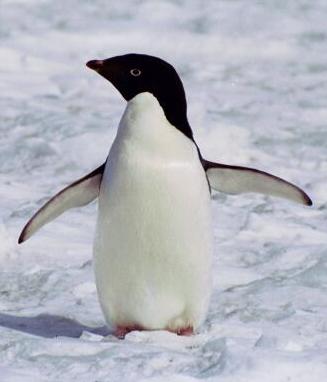 Pattern: Swallowtail Shawl by Evelyn A. Clark, Interweave Knits, Fall 2006
Pattern: Swallowtail Shawl by Evelyn A. Clark, Interweave Knits, Fall 2006Yarn: Jaggerspun Zephyr, Aegean blue, approx. 30 grams
Needles: Addi Turbos size US 5
Blocked size: 48" x 25"


I eventually cheated on the nupps, but after blocking they are practically indistinguishable from the real ones at the beginning. So if I do this pattern again (which is a distinct possibility) I will definitely do them as Sl2, P 3 tog, Pass slipped sts over, instead of P5 tog. The only difference is that this time I won't feel guilty about it.
What is it that is so addictive about lace knitting??? I have my second (Myrna Stahmann's) Faroese shawl on the needles, in another warm squishy worsted wool from Uruguay, but after finishing the Swallowtail I have a longing to start any of the 6 or 8 other lace patterns sitting in a stack on my desk. Oddly enough, two of them are by Evelyn A. Clark, the same designer who created both the Swallowtail and the Pacific Northwest Shawl. I never even noticed who the designer was until after I had bought the patterns. There is a je ne sais quoi about her patterns that must speak to me.
Oddly enough, in the middle of all this lace knitting, I suddenly got to urge to learn how to make socks. Could it be the onset of cold weather? The fact that "bought" socks never fit me properly? The fact that the only socks that do fit are boring? Or the fact that every other knitter in the world is talking about socks and I don't have a clue how to make them? Or all that beautiful sock yarn that suddenly seems to be available? [The correct answer is "all of the above."]
With the plethora of sock patterns available, it was hard to know where to start. But one thing was clear... that I would have to do a toe-up pattern, to make sure I wouldn't run out of yarn. (Why is it that sock yarn is generally sold in skeins large enough for an average sock? Another case of discrimination against ampleness?) Finger-less gloves are one thing, but the toe-less sock is an idea whose time has definitely not come! I had been looking at the Queen Kahuna approach, which made a lot of sense, since you knit both socks together on two circular needles. So this week I took up my new size 1 Addi turbos, two skeins of Knitpicks Dancing, and Page 1 of Queen Kahuna's book.
The less said about the first three attempts the better! On three different days I started, reading every word of the extremely explicit instructions and studying the many diagrams, only to finish the session by frogging the whole thing. On the fourth day, though, it came together, and I made it past the toe section and up thorough the foot. Yesterday, when everybody else in New Jersey was at one mall or another, I tackled the heel section, and despite struggling with a few of the instructions and somehow being off by one stitch in the slip-stitch section of the heel, got to the point of starting the cuff. I took a deep breath and slipped one onto my foot and ... (drumroll, please) ... it actually fits!
 This process is not for the dimensionally challenged. You are juggling two socks, with two balls of yarn, on two circular needles (the front of each sock on one needle and the back on the other). When turning the work at the end of each row you have to be careful to (1) knit on the correct part of the sock using (2) the correct needle end and (3) the correct ball of yarn. It sounds easy, but on several separate occasions I noticed that I had knit onto the wrong needle (easy enough to undo) or, worse, joined the two socks to each other. I now know to check after each round that they are NOT connected, so in the worst case I just have to tink a row. In the long run, though, this method has distinct advantages: the socks will come out the same (barring some horrible mistake) and, even better, they will be finished at the same time, thereby avoiding the Second Sock syndrome that plagues so many knitters. The only down side is that one of the big arguments for knitting socks is their portability. The two-at-once approach makes them somewhat less portable. But that seems to be a small price to pay.
This process is not for the dimensionally challenged. You are juggling two socks, with two balls of yarn, on two circular needles (the front of each sock on one needle and the back on the other). When turning the work at the end of each row you have to be careful to (1) knit on the correct part of the sock using (2) the correct needle end and (3) the correct ball of yarn. It sounds easy, but on several separate occasions I noticed that I had knit onto the wrong needle (easy enough to undo) or, worse, joined the two socks to each other. I now know to check after each round that they are NOT connected, so in the worst case I just have to tink a row. In the long run, though, this method has distinct advantages: the socks will come out the same (barring some horrible mistake) and, even better, they will be finished at the same time, thereby avoiding the Second Sock syndrome that plagues so many knitters. The only down side is that one of the big arguments for knitting socks is their portability. The two-at-once approach makes them somewhat less portable. But that seems to be a small price to pay.










